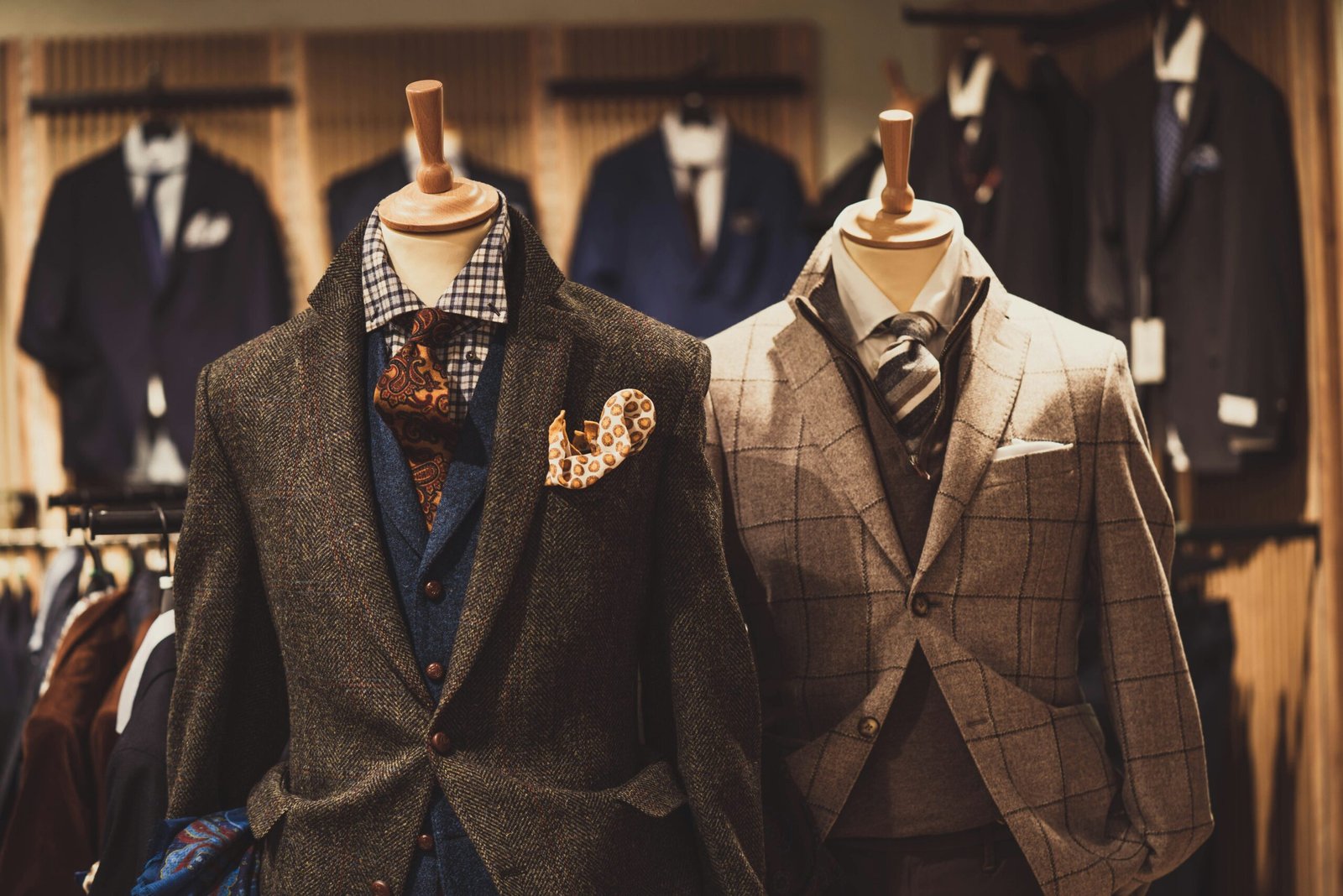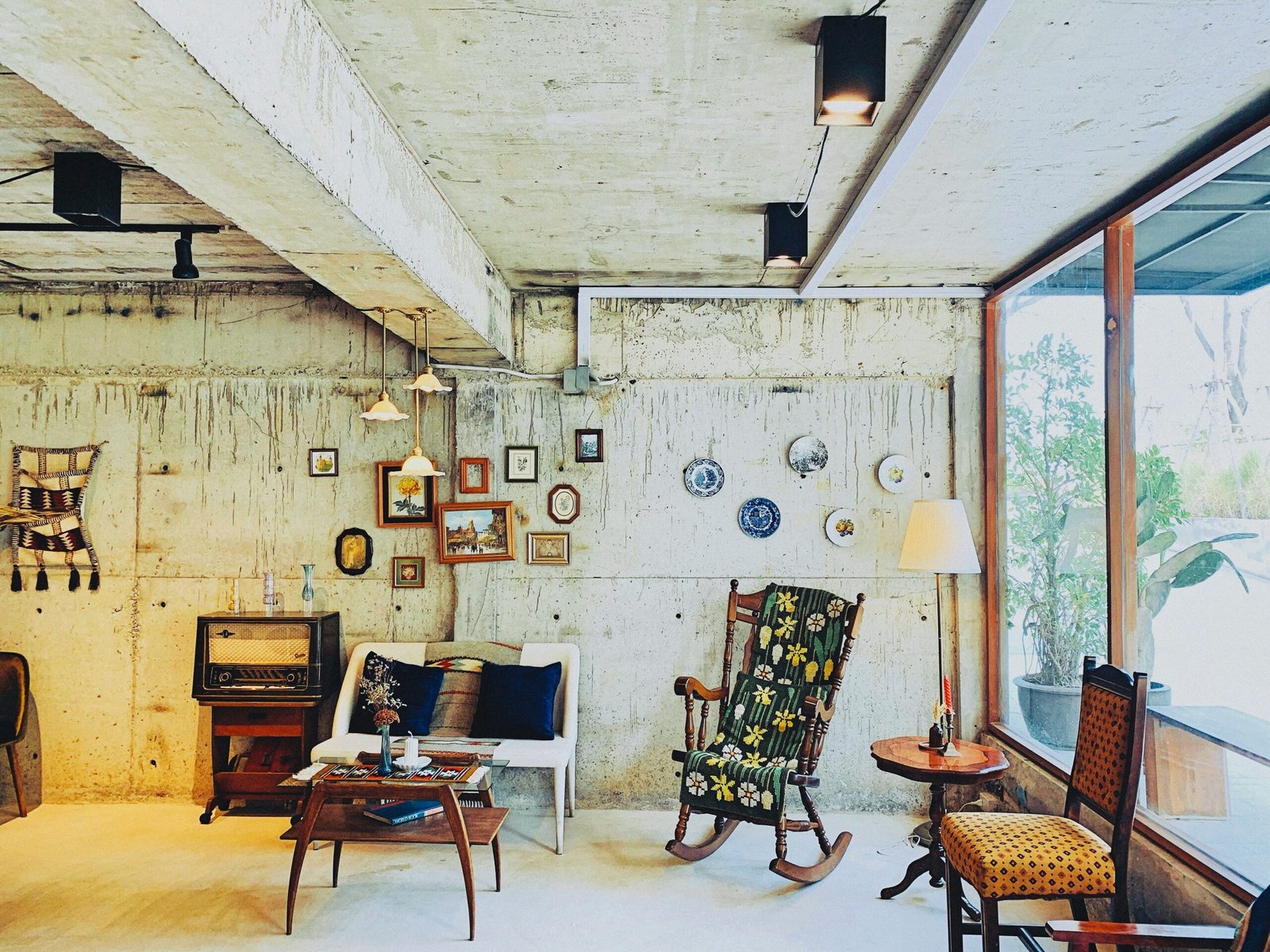Introduction
Style is more than what we wear or place in our homes—it is a reflection of personality, culture, and the times we live in. From the rich elegance of vintage design to the sleek sophistication of contemporary trends, our choices often reveal not only aesthetic preferences but also values and lifestyle ideals. This guide explores how style has transitioned through the decades, why both vintage and contemporary appeal continues to thrive, and how individuals can build awareness to identify their own signature look.
1. What Defines Vintage Style?
Vintage style carries a nostalgic charm, celebrating elements of fashion and design that have stood the test of time. Typically referring to pieces from the 1920s through the 1980s, vintage draws its allure from craftsmanship, detail, and a sense of historical connection.

-
Fashion Perspective – Vintage fashion highlights tailored cuts, bold prints, and fabrics such as tweed, silk, and lace. Whether it’s a 1950s swing dress, a 1970s leather jacket, or a 1980s power suit, these pieces bring back the distinctive character of each era.
-
Home Décor – In interiors, vintage emphasizes ornate furniture, classic patterns, and warm, aged finishes. Think claw-foot bathtubs, antique chandeliers, or velvet upholstery—each piece tells a story.
-
Why It Resonates Today – Sustainability plays a key role in the resurgence of vintage. By giving new life to older items, individuals reduce waste and embrace quality craftsmanship rarely seen in mass production.
2. What Makes Contemporary Style Different?
Contemporary style reflects the present day, focusing on innovation, functionality, and sleek minimalism. It often borrows from various design philosophies while prioritizing clean lines, neutral color palettes, and modern materials.
-
Fashion Perspective – Contemporary fashion blends comfort with sophistication. Structured silhouettes, eco-friendly fabrics, and tech-infused clothing reflect modern priorities like versatility and sustainability.
-
Home Décor – Interiors lean toward open layouts, minimalistic furniture, and a neutral color base accented with bold highlights. Glass, steel, and sustainable wood often define the aesthetic.
-
Why It Appeals – Contemporary style offers adaptability. It changes with trends, allowing individuals to integrate current preferences without feeling confined to one era.
3. The Bridge Between Vintage and Contemporary
While vintage and contemporary may seem like opposites, many individuals gravitate toward a blended aesthetic—often referred to as “transitional style.” This approach celebrates the charm of the past while embracing the sleekness of modern design.
-
Fashion Fusion – A classic leather jacket paired with modern denim, or a vintage brooch on a sleek blazer, demonstrates how old and new can complement each other.
-
Home Aesthetics – A contemporary living room accented with a mid-century armchair or a vintage mirror can create balance between history and modernity

-
Why Blending Works – This fusion approach allows for self-expression without adhering to strict stylistic boundaries. It also creates timeless spaces and wardrobes that don’t feel dated.
4. Key Elements of Vintage Style Awareness
To truly appreciate vintage design, awareness of historical context and authenticity is essential.
-
Understanding Eras – Each decade had distinct design characteristics:
-
1920s: Glamour and Art Deco elegance
-
1950s: Feminine silhouettes and post-war optimism
-
1970s: Bohemian flair and earthy tones
-
1980s: Bold colors and power dressing
-
-
Quality and Craftsmanship – Vintage often features hand-stitched details, natural fabrics, and solid wood furniture—qualities that define lasting value.
-
Styling with Intention – Awareness means selecting vintage elements that resonate personally, rather than wearing or displaying them solely for aesthetic appeal.
5. Key Elements of Contemporary Style Awareness
Being conscious of contemporary style involves understanding modern design philosophies and values.
-
Minimalism and Functionality – Contemporary design often thrives on simplicity, valuing function as much as appearance.
-
Innovation in Materials – Eco-friendly textiles, 3D printing, and multi-purpose furniture are shaping how modern style is experienced.
-
Cultural Influences – Contemporary fashion and décor frequently borrow from global trends, reflecting the interconnected world we live in.
6. Developing Personal Style Awareness
Whether leaning vintage, contemporary, or somewhere in between, style awareness begins with self-reflection.

-
Assess Your Lifestyle – Do you prefer timeless pieces with history, or do you enjoy evolving trends and innovation?
-
Evaluate Color Preferences – Vintage often features muted tones or bold retro palettes, while contemporary tends to favor neutrals with sharp accents.
-
Consider Sustainability – Vintage naturally supports sustainability through reuse, while contemporary often embraces eco-conscious production.
7. Iconic Examples of Vintage & Contemporary Blends
-
Fashion – A retro polka-dot dress paired with modern sneakers; a sharp contemporary suit accessorized with a classic watch.
-
Home Design – A Scandinavian-inspired kitchen featuring a vintage farmhouse table; a contemporary bedroom styled with an antique trunk.
These combinations demonstrate how vintage and contemporary can coexist, creating looks that are fresh, dynamic, and deeply personal.
8. Why Style Awareness Matters for the Modern Consumer
In a world where trends evolve quickly, style awareness empowers individuals to make meaningful choices that go beyond temporary fads.
-
Longevity over Trend-Chasing – Understanding both vintage and contemporary styles ensures that selections remain relevant for years.

-
Cultural Appreciation – Recognizing historical design roots enhances appreciation for craftsmanship and artistic movements.
-
Sustainability & Responsibility – Style awareness promotes thoughtful consumption, reducing waste and encouraging support for brands that value ethics and quality.
9. Future of Style – A Blend of Past & Present
The future of fashion and décor is leaning toward a hybrid approach—borrowing from history while integrating innovation. From upcycled vintage clothing lines to AI-driven furniture design, the merging of eras is shaping a new style frontier that feels both familiar and forward-thinking.
Conclusion – Defining Your Style Narrative
From vintage elegance to contemporary minimalism, the journey of style is deeply personal yet universally relevant. Awareness is the key to appreciating the craftsmanship of the past, embracing the innovation of the present, and curating a lifestyle that reflects individuality. By understanding these design languages, one can move beyond trends and create a signature aesthetic that feels timeless, authentic, and uniquely one’s own.